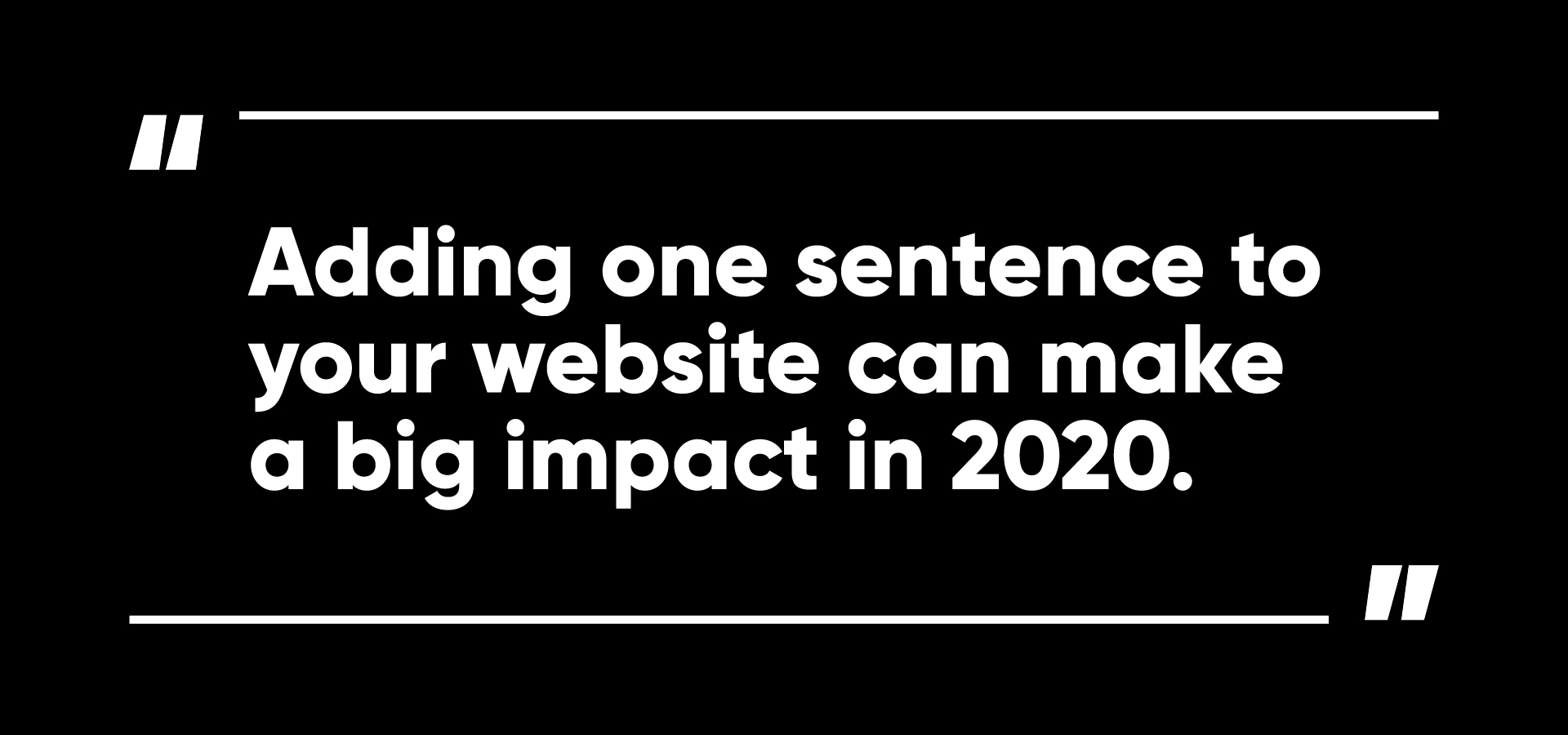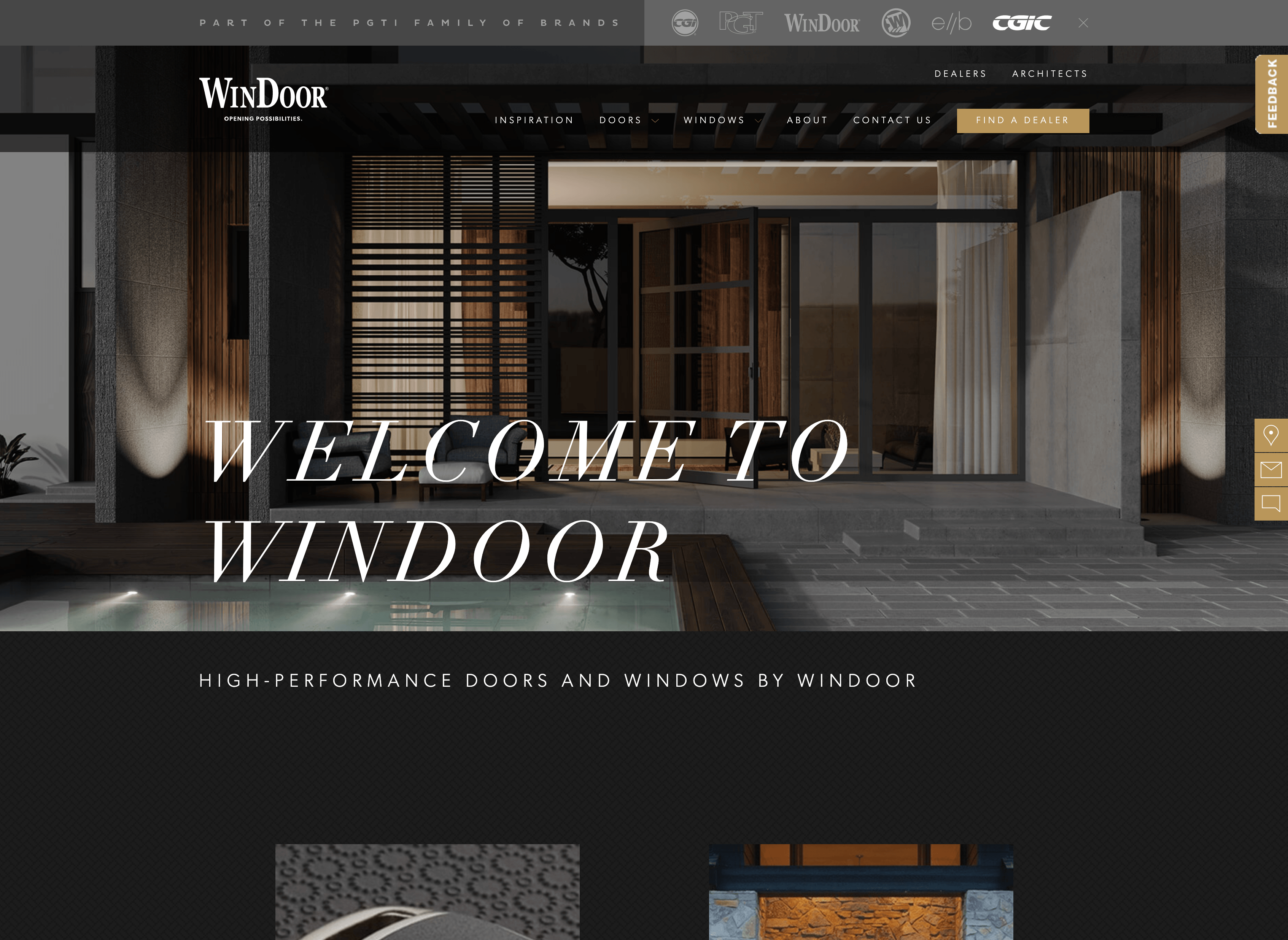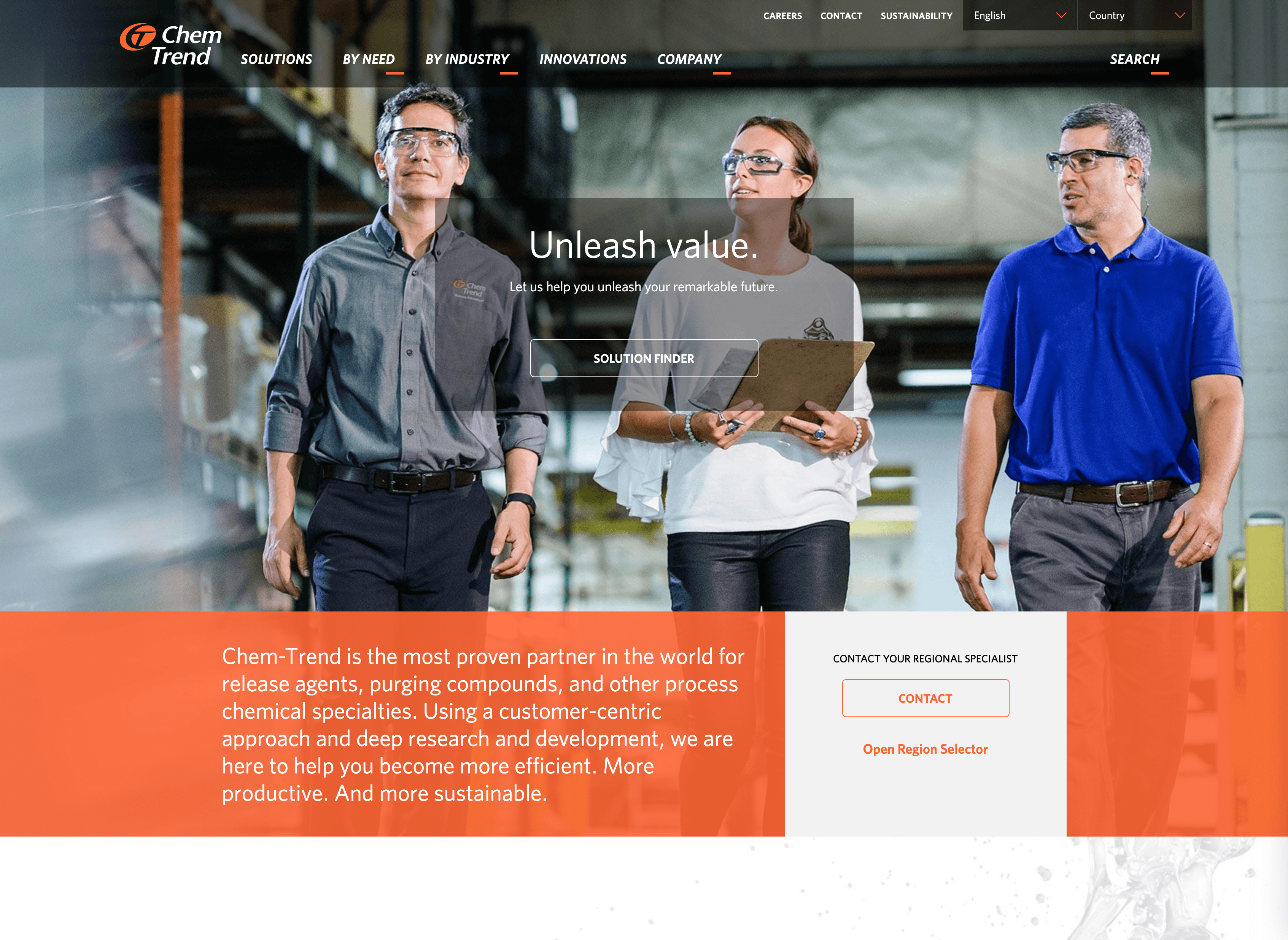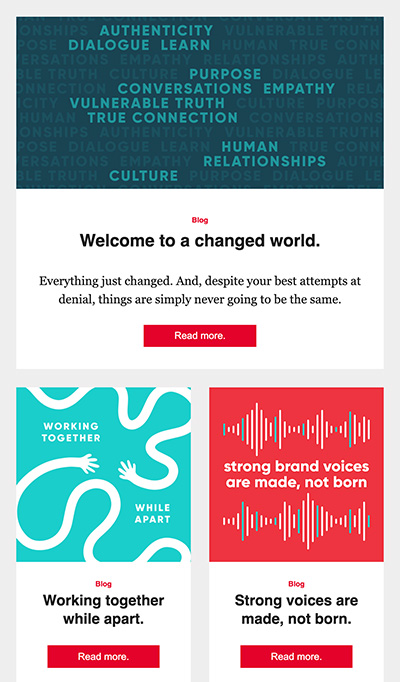Adding One Sentence to Your Website Can Make a Big Impact in 2020.
Tell your potential customers what you can do for them. Right away.

As you prepare your 2020 marketing plan, we want to help you see things a little more clearly. Where do you start? What should you prioritize? How do you plan the right budget? In this series, we give you a look behind the curtain to how we approach things here at Phire Group.
Take a look at our other 2020 Vision posts:
Budget for strategy, then tactics
Don’t Be Afraid of the Unknown: Plan for What’s to Come
A Content Marketing Roadmap with Zero Buzzwords
Want an easy New Year’s resolution that could make a big difference? Here you go: Tell your potential customers what you can do for them. Right away. On your homepage. Leaving no doubt.
Brand recognition is an obsession of businesses big and small, local and international, consumer-facing and B2B. And rightfully so — your target audience knowing who you are is absolutely essential to building and maintaining a loyal consumer base. Without it, you’ve got nothing.
To this end, brands invest big budgets and untold creative energies developing their best communication tool: their online presence. They spend hours choosing the right color palette, debating taglines, crafting product pages, and agonizing over imagery. This is all important. Crucial, even, to success.
But the first thing we often notice when we begin auditing a brand’s existing homepage is that they don’t say what they do. Their site may be beautiful, their look and feel may be bold, but none of that matters if the person who lands on their site can’t figure out what it is they offer.
It’s simple: customers can’t buy what you’re selling if they don’t know what you’re selling. And even if you think you’re being clear, it could be that you’re too close to your messaging. Show your site to someone unfamiliar with what you do. See how long it takes them to figure it out. You might be surprised by what they tell you, or don’t tell you.
Giant brands can get away with being vague. Everyone knows what Coke and Nike do. They don’t have to say that they sell beverages or sneakers or sports dreams because they’ve earned the instant and intricate recognition we grant them. They’ve already told us again and again, and so we know it— they can rely on abstract messaging and imagery and still be readily identified by their customers.
However, younger and more niche brands don’t have that privilege. They need to clearly explain what they do and the value they can potentially add to the lives of real people or real businesses immediately. It’s a missed opportunity not to.
Anyone looking at your site should know within seconds what you have to give. What is the service/product you offer? Spell. It. Out. Tell it like the life of your brand depends on it because it actually does. Sure, you might explain your worth clearly and succinctly on your About page, but few users will ever invest a click in getting to know more about you if you don’t introduce yourself properly from the get-go.
Here are some examples:

At a glance, we know that WinDoor makes high-performance doors and windows. The use of “high-performance” brings luxury and precision to mind. It says so much in such a small space, and if the user has a need for these products, they will go deeper to learn more.

It only takes a moment to learn that Chem-Trend has a proven track record, that their model is partnership, that their reach is worldwide, and, most importantly, that they produce release agents and advanced chemical specialties.
The best part of this change is that it’s an easy tweak — explaining what you do is available to any company of any size in any region. You can probably scratch this resolution off your to-do list in a matter of days or weeks.
Tell your audience — in a sentence or two — what you offer. Put it right in front of them the minute your site hits their screen. If a user knows they’ve come to the right place within seconds of landing, they’re more likely to stay and convert. But if they can’t figure it out, they’ll move on within seconds, taking their clicks and buying power with them.


